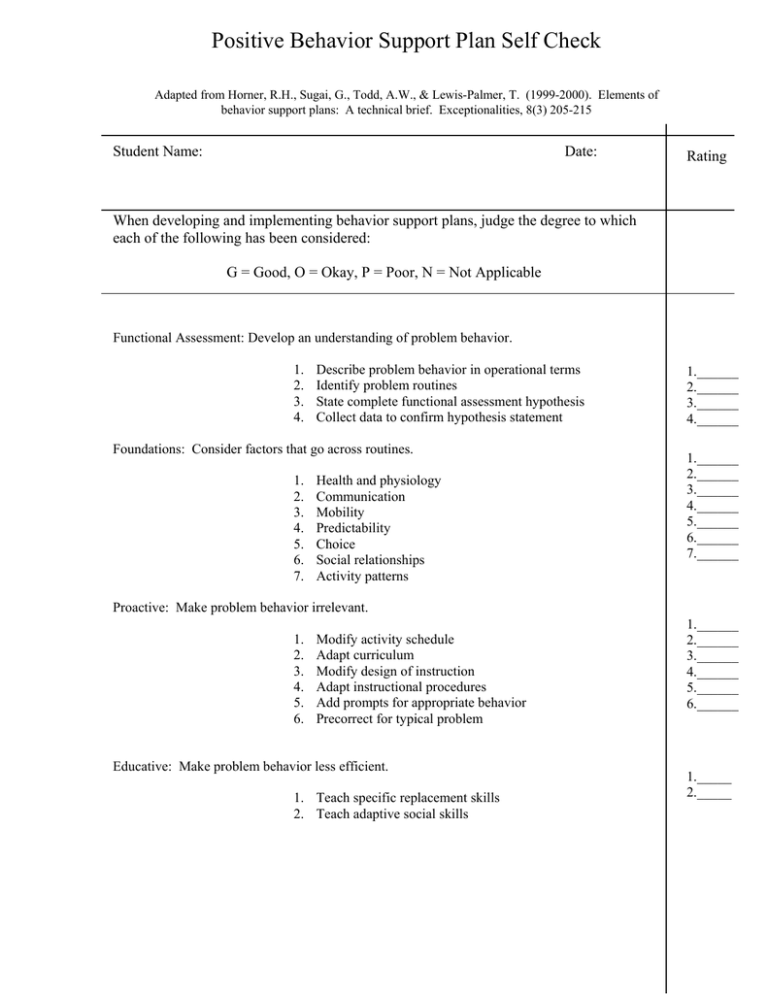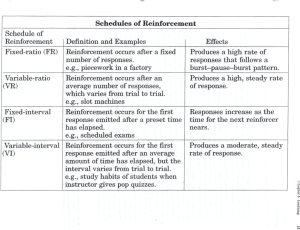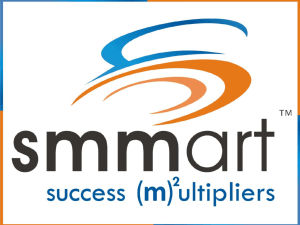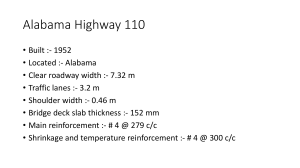Positive Behavior Support Plan Self Check
advertisement

Positive Behavior Support Plan Self Check Adapted from Horner, R.H., Sugai, G., Todd, A.W., & Lewis-Palmer, T. (1999-2000). Elements of behavior support plans: A technical brief. Exceptionalities, 8(3) 205-215 Student Name: Date: Rating When developing and implementing behavior support plans, judge the degree to which each of the following has been considered: G = Good, O = Okay, P = Poor, N = Not Applicable Functional Assessment: Develop an understanding of problem behavior. 1. 2. 3. 4. Describe problem behavior in operational terms Identify problem routines State complete functional assessment hypothesis Collect data to confirm hypothesis statement Foundations: Consider factors that go across routines. 1. 2. 3. 4. 5. 6. 7. Health and physiology Communication Mobility Predictability Choice Social relationships Activity patterns 1.______ 2.______ 3.______ 4.______ 1.______ 2.______ 3.______ 4.______ 5.______ 6.______ 7.______ Proactive: Make problem behavior irrelevant. 1. 2. 3. 4. 5. 6. Modify activity schedule Adapt curriculum Modify design of instruction Adapt instructional procedures Add prompts for appropriate behavior Precorrect for typical problem Educative: Make problem behavior less efficient. 1. Teach specific replacement skills 2. Teach adaptive social skills 1.______ 2.______ 3.______ 4.______ 5.______ 6.______ 1._____ 2._____ Rating Functional: Make problem behavior less effective. 1. Minimize positive reinforcement for problem behavior 2. Minimize negative reinforcement for problem behavior Reinforcement: Make appropriate behavior more effective. 1. Select range of effective positive reinforcers 2. Maximize schedule of positive reinforcement for 3. appropriate behavior 1._____ 2._____ 1._____ 2._____ 3._____ Crisis Intervention Plan: Prevent injury. 1. Arrange environment and practice procedures to prevent crisis management 2. Arrange environment and practice procedures to respond to crisis and emergency situations 1._____ 2._____ Ensure Contextual Fit: Match intervention to social and treatment context. 1. 2. 3. 4. 5. 6. Consider values and expectations of adults Assess skill level and fluency of adults Determine budget Assess time requirements Secure administrative support system Give priority to best interest of student and family 1._____ 2._____ 3._____ 4._____ 5._____ 6._____ Evaluation and Assessment: Make plan more effective, efficient, and relevant. 1. 2. 3. 4. 5. Specify what questions need to be answered Specify information to be collected Develop measurement system Establish schedule for collecting data Collect and evaluate data 6. Use data to improve plan 1._____ 2._____ 3._____ 4._____ 5._____ 6._____











